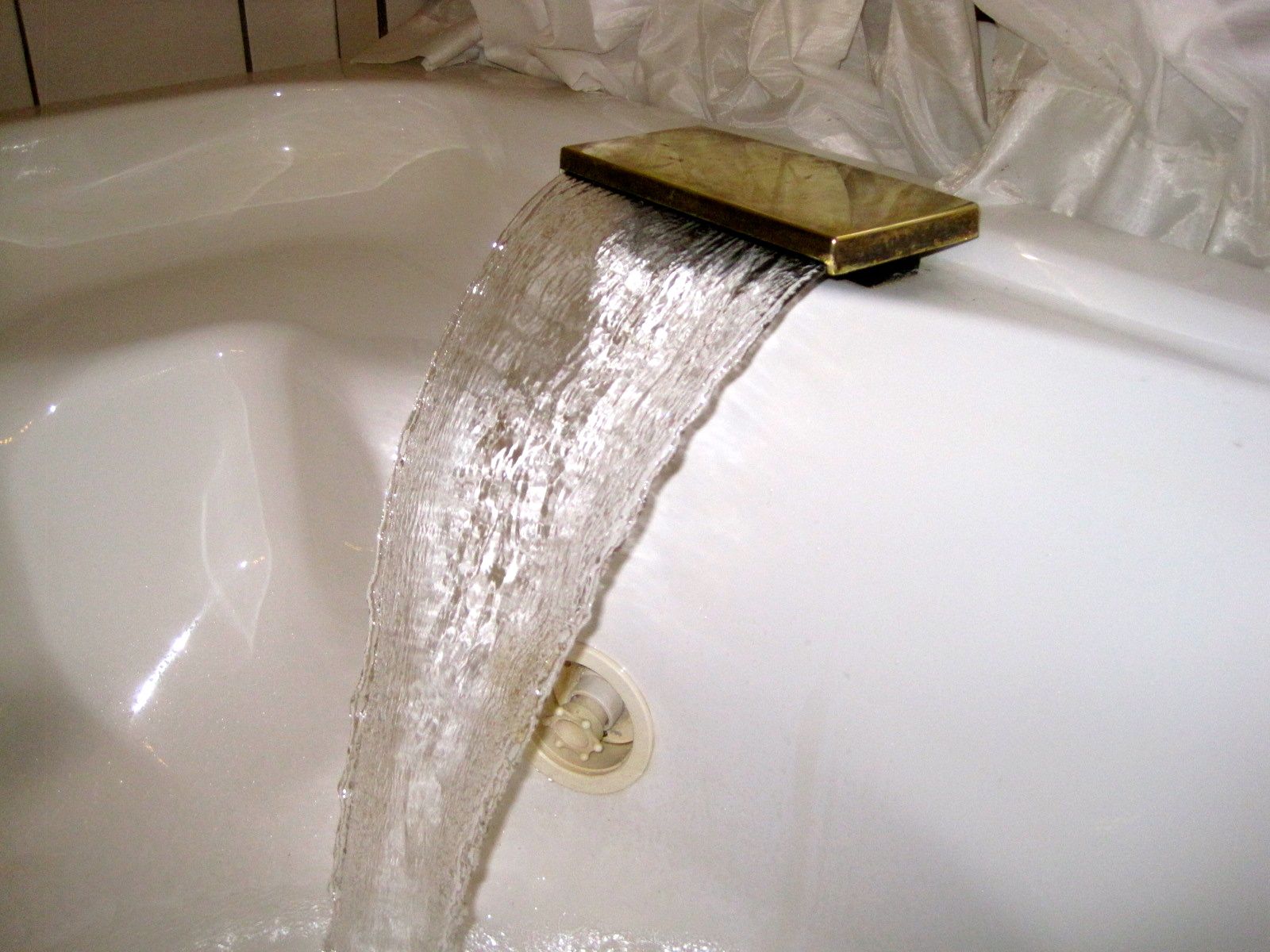First, acquire a home with a large Jacuzzi tub. Turn off the water supply. Remove kitchen sink for eventual replacement. Remove aging water heater. Remove chimney. Abate asbestos-wrapped pipes. Replace heating plant and hot water tank. Seal off the open water pipes exposed after sink removal. Remove electrical hazards (lighting over the tub).
Two months after house purchase, turn on the hot water, fill the tub, turn on the jets and contemplate the path taken to get here. Soak until saturated. Progress is marked by moments of quiet celebration.
*****
I had an inaugural bath and hot water supply test last night.
Inside an access port to beneath the tub, I found its specifications and installation instructions. Capacity: sixty-five gallons. Minimum recommended hot water tank: 50 gallons. Maximum water temperature: 140 degrees (to prevent discoloration of finish).
I had considered an on-demand water heater, but wanting to never run out of hot water whether in a shower or a bath, under any conditions of laundry or dishwashing demand, and under the advisement of the heating contractor, I installed a boiler-mate heat exchanger hot water tank. It had the house-typical capacity of 40 gallons. The temperature control was set to the recommended non-scalding setpoint of 120-degrees.
My experiment involved filling the tub with hot water only. My instrumentation recorded the low, high, and current temperatures of the water in the tub. I had been warned that a tub could have cooling losses that would exceed the heat input of the incoming hot water. I found that the water warmed up to a high point of 110 degrees, but then tapered down to 104 as the tub filled to the critical jet-level height. This was plenty warm.
It took six minutes to reach this point. I then displaced a slightly-larger-than-standard-issue human volume as I slid into the tub, raising the level even further. The hot water supply was turned off, the jets were fired up, and the temperature seemed to stabilize at 99 degrees. I expected it to drop steadily, but it remained at that level for the next half-hour– perhaps the jet pumps were providing heat to the water flow that kept it there. It was still plenty warm.
I am declaring this portion of the renovation successful. I don’t normally indulge in lengthy baths, but at those times when the anxieties and setbacks of day-to-day life pile up, I have found the comfort of a warm energetic tub to be therapeutic.


and your body temp is?
from Wikipedia: A human will output from around 70 Watts to 870 Watts, depending on the amount of physical activity undertaken.
Normally skin temperature is around 80F, the temperature called “tepid” or luke-warm. When the air temp is higher than this, we have trouble regulating body temperature. I’m not sure what happens to our internally generated 100 Watts when we are immersed in warm water.
Gosh, taking a bath for a scientist is sort of like eating a meal is for a dietitian–analysis just can’t come to a halt merely for purposes of enjoyment!
Where are the necessary lit spiced candles, bath salts and, most importantly rubber duckies and other required bath tub toys? A boombox or other source of heavy metal music also appears to be missing! eric
________________________________
Pingback: To draw a bath, part 2 | This Odd House